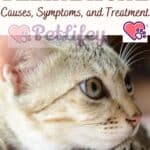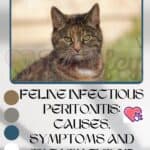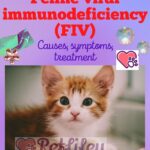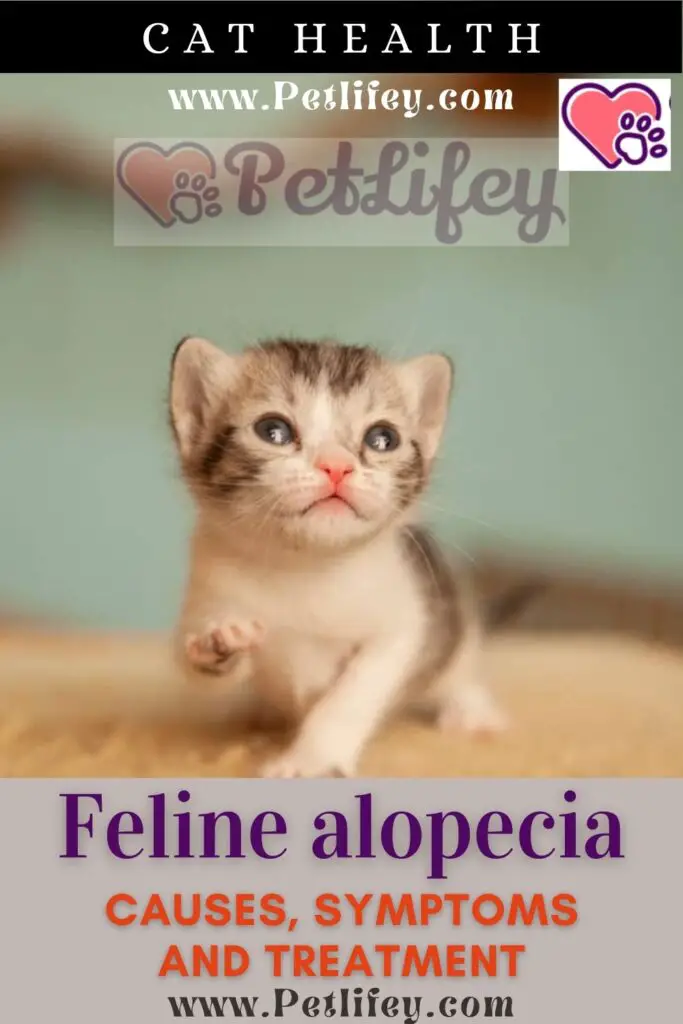
The cat can be prone to psychosomatic disorders, such as feline alopecia. Serious illness especially if it is psychogenic. Let’s see what the causes, symptoms and treatment are.
Hair loss in pets is not always synonymous with a disease like feline alopecia. This may simply be due to a cat’s coat shedding, which occurs as a result of a change in temperature.
However, if alopecia is identified locally, there is a high probability that it is a pathological sign. Some cat breeds are more sensitive to alopecia such as: Abyssinians, Siamese, Burmese and Himalayans.
Causes
First, it is important that the vet with the owner rules out all other possible causes, which can also lead to cat hair loss.
For example, if cat food allergies and infections are randomly excluded, there is very likely a psychogenic loss, i.e. due to stress. Finding the cause of this malaise is often not easy.
Possible causes of feline psychogenic alopecia include:
- Stressful situations, it is often difficult to define what makes the cat stressed, it could be, the change of circumstances, a new environment, new furniture, disputes with other pets, etc. They are stressful for the cat.
- Too little space for the cat
- Sudden sharing of territory (e.g. new cat or other pet)
Symptoms of feline alopecia
Psychogenic alopecia in cats is manifested by an increased cleansing by the animal towards its body. The cat cleans itself so often and hard that it pulls out its hair.
Often the parts affected by alopecia are affected only those that can reach the cat well, for example the stomach or inner thighs. In severe cases, the cat may even go so far as to lick its legs, chest and hips.
Diagnosis for Feline Alopecia
When the vet visits a cat with alopecia, several tests should be used to determine the cause of the disease:
- examine if the hair is broken;
- look for ticks or fleas in cats;
- observe the condition of the skin if it is injured;
- can take a biopsy (small sample of skin) to examine it under a microscope or to analyze if there is a mycosis;
- use a special lamp (Wood’s lamp) to see if the cat has ringworm;
- take a blood test, etc.
In addition to this examination of the cat’s fur and skin, the vet will ask questions about the environment in which the little cat lives, if he has access to the outside, if other animals are in the presence and if they also have hair loss. will ask about the cat’s behavior, its eating habits, etc.
All this to determine a diagnosis and provide the animal with adequate treatment. Treatments will differ depending on the cause of the alopecia:
- they can be long and demanding (for example to fight ringworm);
- the vet may suggest going to see a behaviorist if it is not himself (in case of depression);
- can also prescribe natural treatment (such as homeopathy and aromatherapy).
Treatment
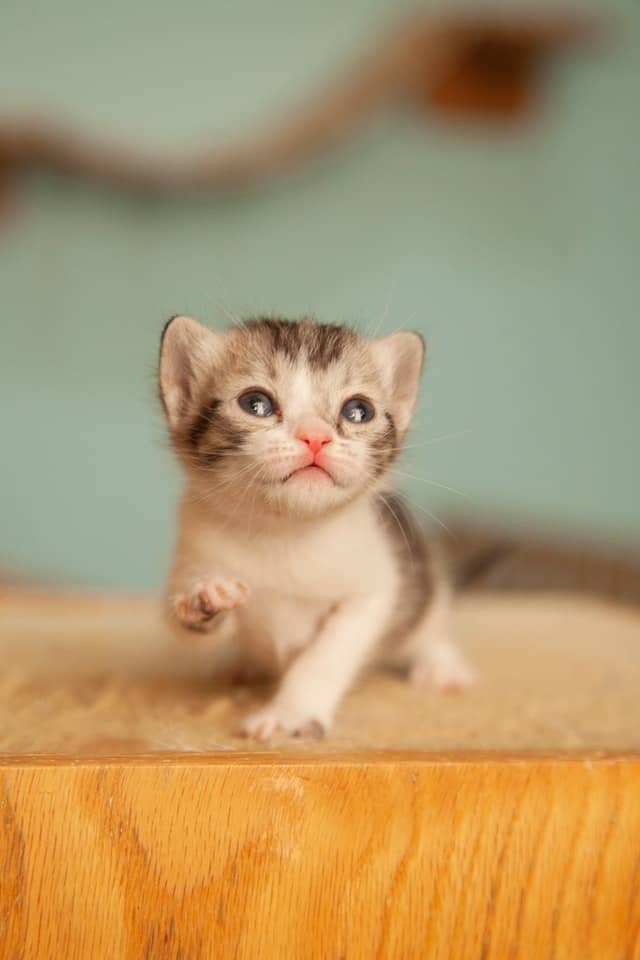
Treatment basically depends on the established diagnosis. However, it may be necessary to combine the different types of treatment with:
- Antiparasitic treatments: whatever the triggering reason for the disease, in any case it is always advisable to subject the cat to an antiparasitic treatment, to avoid a flea infestation.
- Local care: for cats the use of shampoos are almost never prescribed but in this case an antiseptic or a cream for local use, could be useful.
- General treatments: If your skin is infected, it takes antibiotics, antihistamines and anti-inflammatories. In case of endocrine origin, drugs can be prescribed to restore hormonal balance.
- We recommend the removal of possible allergens, then an environmental cleaning.
- In some cases, a specific and hypoallergenic dietary ban may be recommended.
If a behavioral origin of the disease is suspected, a treatment procedure to reduce stress may be indicated. Also evaluating the environment trying to adapt it to the cat’s lifestyle. Remember that cats are territorial animals and need freedom and space.
A closed environment or the possible presence of other animals could be a source of stress for the cat. This is why introducing new activities or using pheromone sprays often reduces cat stress.
It can be a long and difficult process to eliminate the dermatological problem, so it is recommended that you follow your veterinarian’s advice carefully.


